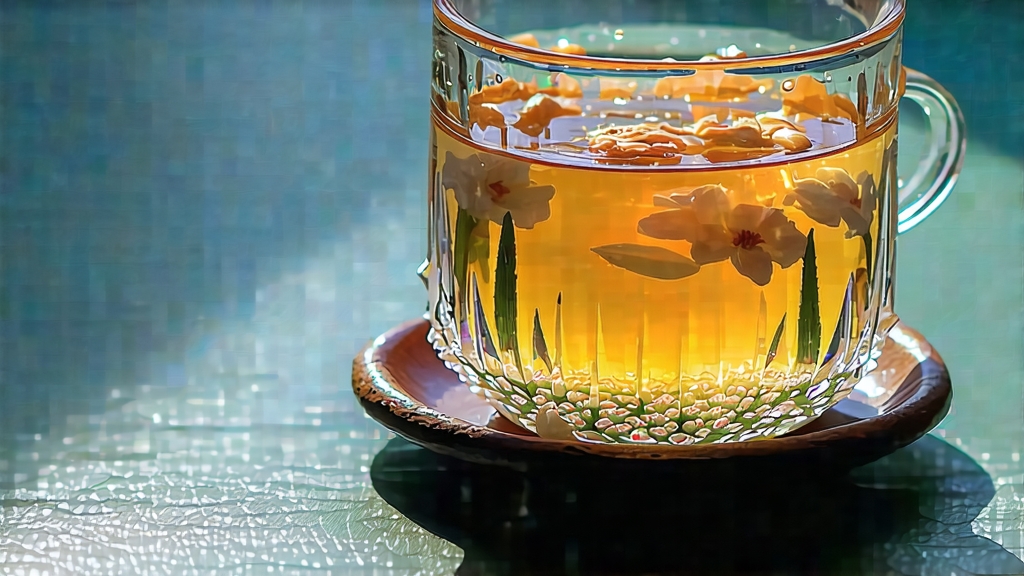
White tea is the most minimally treated of all China’s six major tea families, yet within that simplicity lies a universe of nuance. Among its three traditional styles—Silver Needle, White Peony, and Shou Mei—White Hair Silver Needle (Bai Hao Yin Zhen) stands as the apex: a tea picked only in early spring, composed entirely of unopened leaf buds, each still wearing the silvery down that gave the variety its poetic name. To understand Silver Needle is to listen to a quiet conversation between cultivar, micro-climate, and time; it is a lesson in restraint, patience, and the belief that less can indeed be more.
Historical whispers
The first written record of “white tea” appears in Song-dynasty treatises, but those texts refer to a compressed cake made from tender leaves, not the loose-needle style we know today. The modern pedigree of Silver Needle begins in the 1790s, when tea makers in Fujian’s Taimu Mountains started exporting small batches of fluffy buds to Southeast Asia via the port of Fuzhou. European merchants mistook the pale infusion for a milder green tea, yet dockside apothecaries praised its “cooling” properties and light caffeine. By the late 19th century, Fuding and Zhenghe counties had formalized the picking standard: only the single plump bud, plucked before the Qingming festival when the dew still clings like tiny pearls. In 1891, a consignment of Silver Needle won acclaim at the International Agricultural Exhibition in Hamburg, sealing its reputation as China’s most aristocratic white tea.
Terroir and cultivar
Authentic Silver Needle is inseparable from two specific terroirs. Fuding, hugging the northeastern coast of Fujian, enjoys a subtropical maritime climate: mild winters, fog-laden springs, and sandy, slightly acidic soils rich in quartz and red granite. The indigenous Fuding Da Bai (“Big White”) cultivar develops extraordinarily fat buds—up to 3 cm long—stocking high levels of amino acids and a down so dense it looks like hoarfrost. Forty kilometres inland, Zhenghe sits at 800–1000 m elevation, wrapped in cloud cover that slows photosynthesis and lengthens the budding period. Here, the Zhenghe Da Bai cultivar yields slimmer, more aromatic buds with a higher ratio of polyphenols, giving a slightly darker liquor and a headier orchid note. While both appellations share the same processing protocol, cup character diverges: Fuding tends toward sweet melon and cucumber skin, whereas Zhenghe leans into white peach and lilac.
Craft: the art of letting go
Silver Needle’s manufacture is defined by what is not done. There is no pan-firing, no rolling, no roasting. After dawn plucking, the buds are spread on large bamboo trays stacked like shallow drawers in a sun-warmed pavilion. For 36–48 hours they wither, surrendering moisture while enzymes gently oxidise the outer cell layers. The craftsperson’s sole task is to read the weather: on humid days, trays are moved indoors beneath ceiling fans; if the sun grows fierce, reed mats filter the light. When the bud’s stem snaps cleanly—a sign that residual moisture has fallen to 8–10%—the tea is considered finished. Some producers give the buds a final 20-minute bake at 50 °C to ensure shelf stability, but purists eschew even that, preferring the tea’s “living” quality. The entire cycle respects the Daoist principle of wu wei: action through non-action.
Grading and age-worthiness
Unlike green tea, which is best consumed fresh, Silver Needle rewards patience. New buds taste like dewy grass and baby asparagus; after one year, the amino acids mellow into honeyed cream; at five years, dried apricot and camphor emerge; beyond a decade, the liquor darkens to antique gold and exudes aromas of sandalwood and Chinese medicine chest. Connoisseurs store cakes of compressed needles in clay jars, allowing micro-oxidation and the slow transmutation of flavonoids. The State Standard GB/T 22291-2017 divides Silver Needle into Special Grade and Grade 1, based on bud length, intact down, and presence of “red tips” (a slight rusting that signals over-oxidation). Top lots possess what locals call “three whites and one green”: the bud, the first tiny leaf, and its stem all silver, while